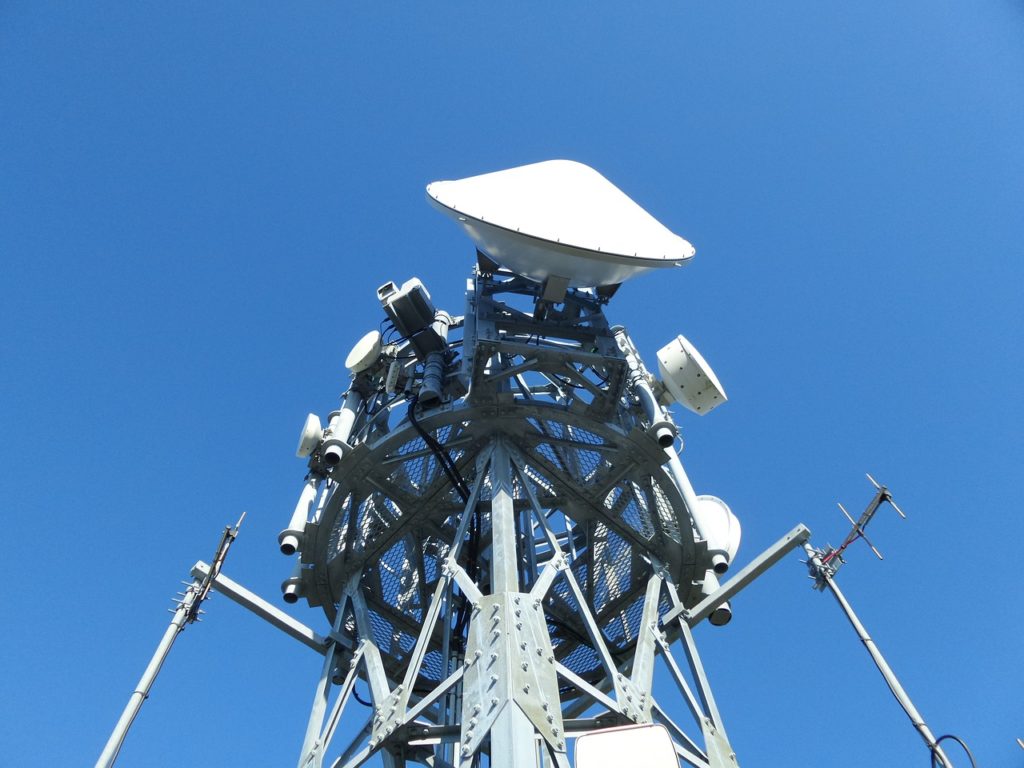Since the development of the first analog cellular devices, now known as 1G, each consecutive generation of mobile wireless technology has provided consumers with faster data transmission speeds. The progression from 1G to 2G, 3G, and now 4G accompanied shifts to new encoding methods known as air interfaces, which have set each generation apart from the last and prevented cross functionality.
Since launching in 2010, 4G networks have quickly become the new standard for mobile wireless access. Recently, mobile companies have begun to offer an advanced form of 4G known as gigabit LTE, which may very well represent the final evolution of 4G technology. Although it has not officially been released, the next generation of wireless technology is on the horizon, with leading telecommunications companies exploring new innovative possibilities for 5G.
Consumers should expect to see 5G as an option on their subscription packages within the next few years. For now, here are some major facts you should know about the next standard for wireless connectivity:
-
The global telecom sector is currently developing 5G standards.
The standards that will define 5G services are not yet set in stone. The 3rd Generation Partnership Project (3GPP), a global consortium of standards development organizations dedicated to setting forth guidelines for advances in wireless technology, is currently working with leading telecom companies to set the standards for 5G. Companies including Verizon, Nokia, Samsung, Ericsson, and Cisco Systems are currently involved in this collaborative project, which aims to release its new set of wave radio transmission standards in 2018.

-
5G will offer extremely high connection speeds.
Although the exact standards of the new wireless framework are still unclear, industry leaders have painted a vivid image of what will soon be possible on 5G networks. Verizon predicts that its 5G network will be 200 times faster than current 4G LTE standards, at speeds of 1 gigabit per second. For reference, a 1-gigabit connection would allow a user to download an entire HD movie in just seven seconds. As companies will assuredly continue to develop 5G after its initial release, these speeds are likely to increase.
-
It will offer improved network capacity and latency.
5G will use an evolved form of the air interface known as orthogonal frequency division multiplexing, or OFDM. This new technological framework will present several improvements over today’s LTE networks, namely in the areas of capacity, flexibility, and latency. With latency ranging between one and four milliseconds, compared to the 20-millisecond latency common on 4G networks, 5G networks will be able to transmit information far more efficiently with fewer delays. This will allow mobile connections to operate closer to the full capacity allowed by their bandwidth. In addition, 5G devices may also be able to transmit data via Wi-Fi frequencies without interfering with these networks.
5G networks will need to operate at a higher frequency to provide these benefits, making it necessary to position signal towers or antennas closer together. To more effectively create these networks, telecom operators are exploring the development of smaller cells that resemble home routers in size.

-
It will create new possibilities for home Internet networks.
Most American homes use approximately 190 gigabytes of Internet data each month. Current 4G cell networks lack the capacity to accommodate home Internet usage, but this could all change with 5G. Many telecom firms have begun exploring potential options for 5G home networks. These networks could potentially provide a less expensive option when compared to fiber optic Internet, as 5G home networks would require the installation of fiber optic cable at cell sites rather than households. Users could simply connect to this network via a wireless modem.
The development of 5G home networks could certainly drive competition among Internet providers in countries like the United States, where 51 percent of consumers currently have only one option for home Internet that exceeds 25 Mbps.
-
5G will be crucial component of the growing Internet of Things (IoT).
Significant advances in wireless network technology will be necessary to accommodate the growing number and rapidly advancing capabilities of IoT devices. In the future, networks supporting the IoT will need to support not only phones and small electronic devices such as wearables and speakers, but also cars, appliances, and home security systems. At present, most IoT networks rely on Wi-Fi, as 4G modules are too expensive and power-hungry to efficiently sustain the IoT. In contrast, 5G will have the capacity to connect a larger number of low-power devices, making it possible to connect a vast array of technologies with ambient sensors. When compared with the higher speeds and lower latency provided by 5G, this could herald the development of advanced IoT networks needed to support highly intricate automated products like self-driving cars.

-
5G will enable more advanced AR and VR apps.
5G’s highly advanced speeds and latency will also allow for the evolution of virtual and augmented reality. The advanced network technology will enable more consistent overlaid images for mobile AR and VR apps, and because it carries the possibility for even home routers to serve as cell sites, 5G may also allow developers to provide more accurate coverage inside of buildings.
-
Middle East Telecom Operators will be some of the first the first to adopt 5G.
Mobile technology has had huge impact on the Middle East. In 2017 the number of mobile subscribers reached 365 million, or 63 percent of the population. Today, more than half of mobile connections in the Middle East and North Africa region use 3G or 4G, and this number is expected to rise to 70 percent by 2020.
The growth of Middle Eastern mobile networks is poised to usher the sector into the new era of wireless technology at a rate rivaling other regional sectors. A recent report published at the GSMA Mobile 360 Series – MENA conference entitled The Mobile Economy: Middle East and North Africa 2017 predicted that, based on current rates of mobile adoption and technological progress, 5G networks will serve approximately 30 percent of the region’s population by 2025, at which point the region will contain more than 50 million 5G connections. Leading telecom providers have already begun conducting tests to explore the technical needs and limitations of 5G, and commercial 5G service could potentially launch by 2020.

